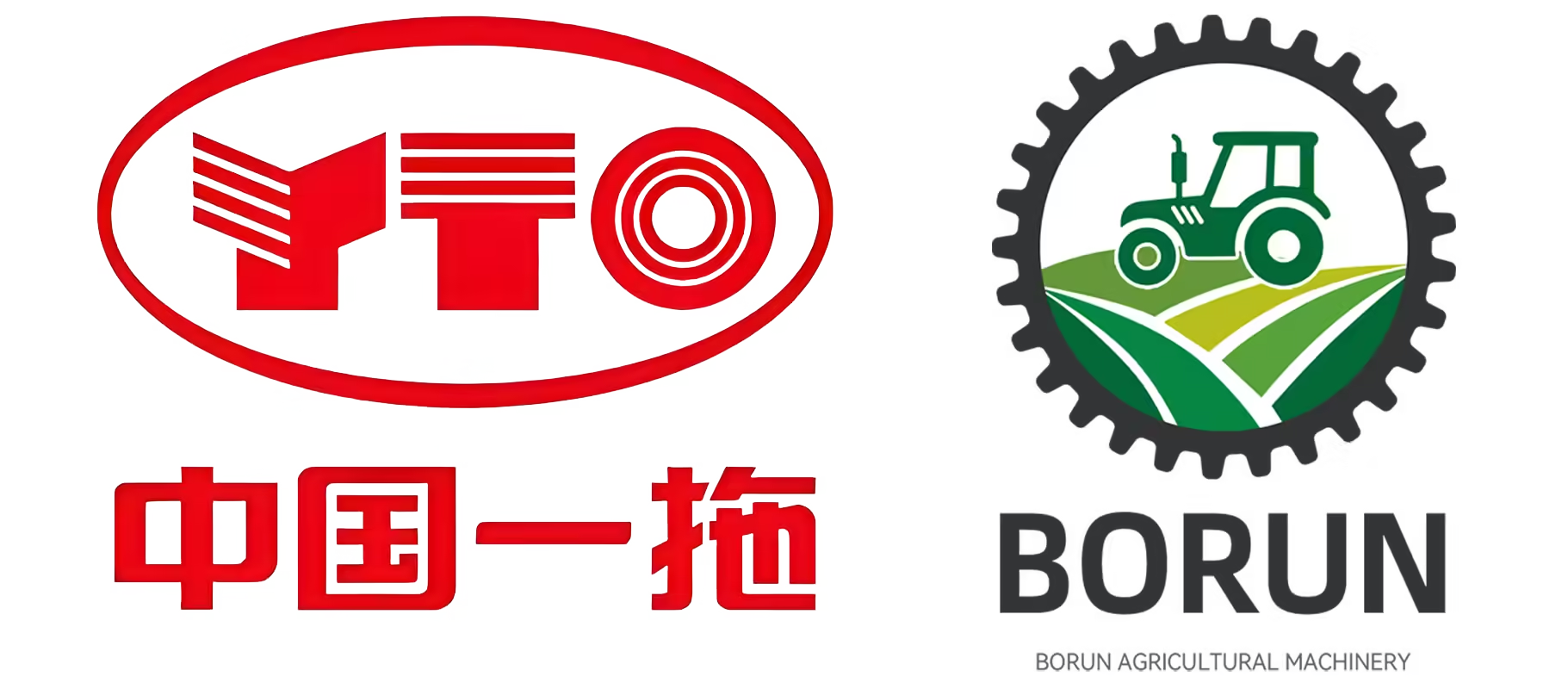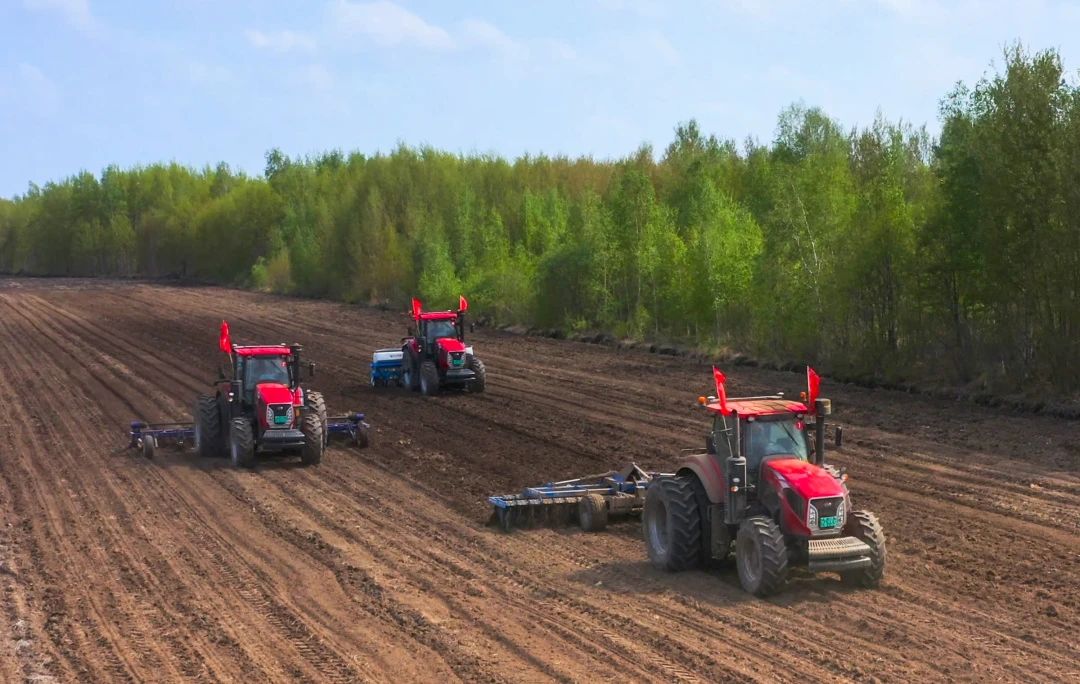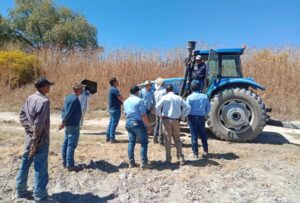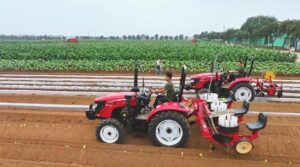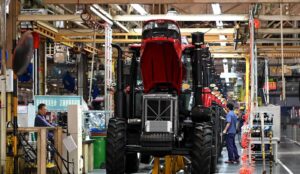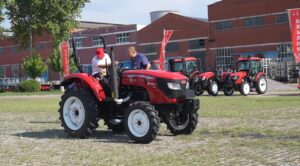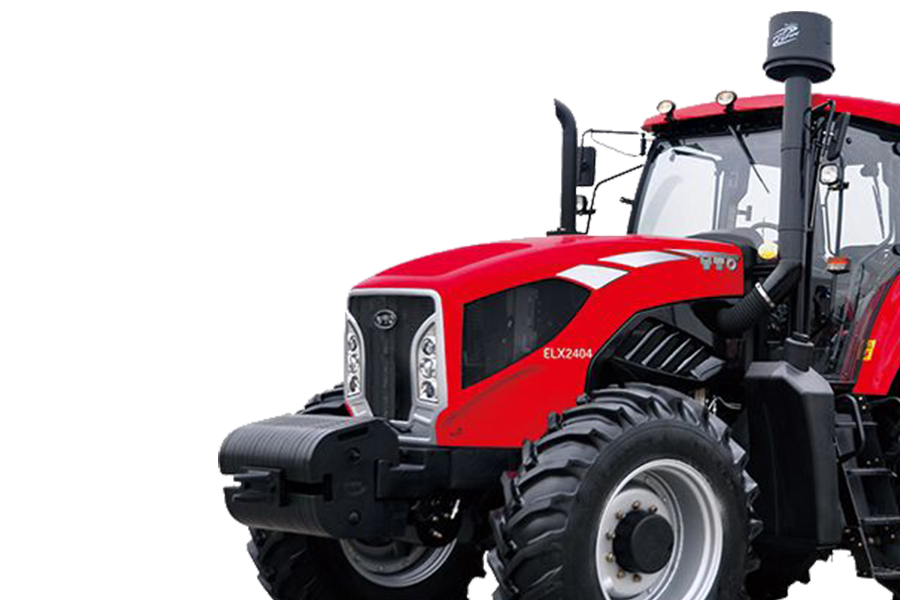If we could speak with you 80 years ago, what would we tell you?
I’d like to share a story behind “having enough to eat”:
This photo, taken in the early days of the People’s Republic of China, depicts a scene of oxen plowing. At that time, China’s agricultural machinery industry was virtually nonexistent, with outdated and severely scarce production tools. Most rural areas relied on oxen for agricultural production, leading to severe shortages of major agricultural products. A nationwide campaign to improve agricultural tools was launched, and the production of more advanced agricultural machinery was also on the agenda.
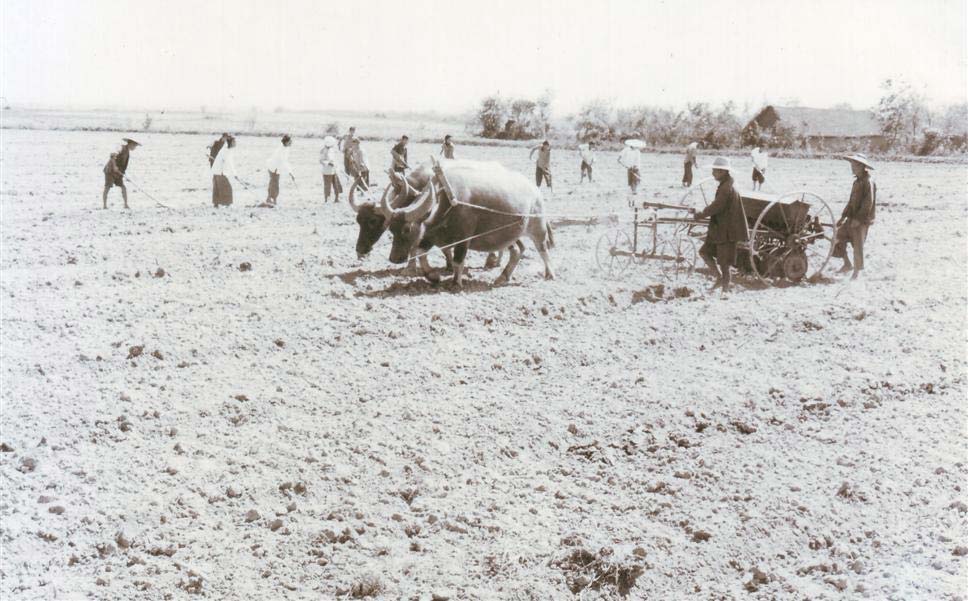
To address the food security issue for 400 million people, the Party Central Committee decided to build China’s first tractor manufacturing plant in Luoyang, Henan. Product selection was a major issue. The first tractor to be introduced had to have a design and performance that was suitable for my country’s climate and terrain, suitable for comprehensive use, and with the lowest possible cost. The DT-54 crawler tractor, capable of plowing 8 hectares per day—equivalent to the work of 40 oxen—became the preferred choice.
On July 20, 1958, New China’s first tractor was born, bearing the resounding name “Dongfanghong.” Regarding tractor names, Chairman Mao issued a directive stating that “foreign characters should not be used in tractor model names.” Using Chinese names for domestically produced tractors not only holds important symbolic significance but also has practical implications for their introduction into rural areas and their acceptance by farmers. The entire factory considered various names before finally settling on one, inspired by the song “The East is Red.”
For younger generations, the Dongfanghong tractor may appear more often in history textbooks, but for older generations, it represents a familiar memory, a symbol of hope and change. What resonates most about the “Dongfanghong” tractor is not its halo as the “first” but the earthy, earth-bound charm and the popularity it carries.
The Dongfanghong tractor was born with a mission. During a time of food shortages in my country, it cultivated over 70% of the nation’s arable land, making a significant contribution to addressing food security and becoming synonymous with China’s agricultural modernization.

The trajectory of agricultural machinery innovation has consistently resonated with the evolving needs of agricultural production.
For decades, we have developed and produced tractors tailored to the country’s needs.
From the small, eight-speed four-wheel tractors adapted to the national contract responsibility system during the reform and opening-up era, to the domestically produced high-horsepower wheeled tractors of the 1990s, and from the innovative power-shift and unmanned tractors that led the upgrade of domestic wheeled tractors to the continuously variable transmission and high-horsepower intelligent tractors, China YTO has provided nearly 4 million tractors and nearly 3.6 million units of power machinery.
Today, intelligent agricultural machinery has been widely produced and applied. On the flexible production lines of our smart factories, agricultural equipment utilizes cutting-edge new technologies, with robotic arms swinging with precision, allowing a tractor to roll off the line in just three minutes. On the black soils of Fuyuan City, Heilongjiang Province, high-horsepower intelligent tractors from Dongfanghong, equipped with Beidou navigation terminals, achieve centimeter-level precision positioning and automatically plan operating paths, significantly improving efficiency.
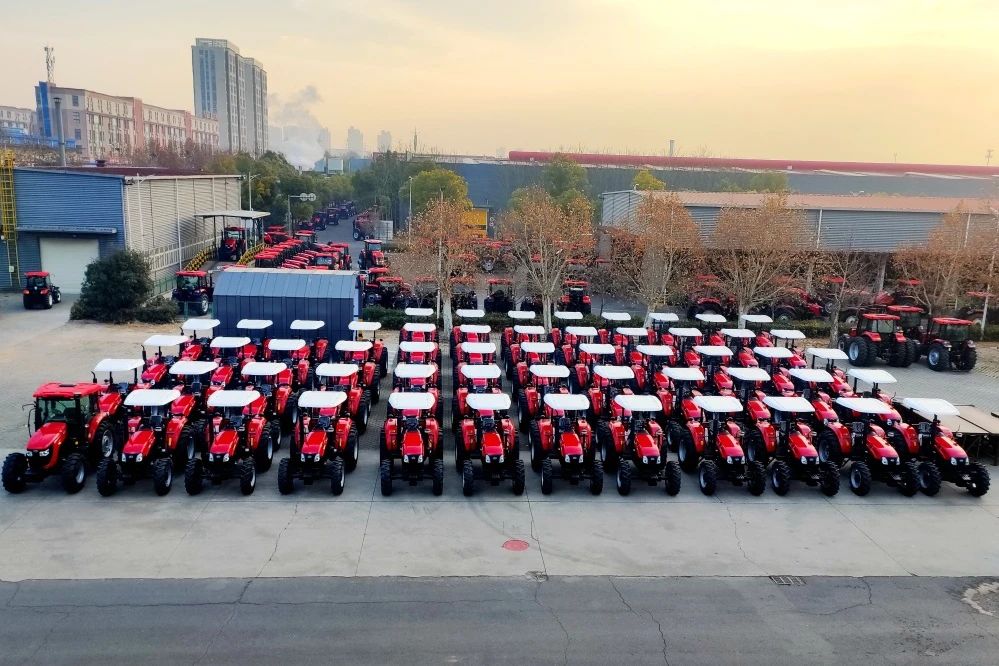
Agricultural machinery and equipment are evolving at an accelerated pace, yet their original aspiration to cultivate every inch of land remains unchanged. It can be said that Dongfanghong tractors always carry a sense of the earth. As a long-standing partner of farmers, they appear punctually at key harvest times, adding a touch of color to the fields.
In difficult times, it carries people’s expectations for a good harvest. To this day, it is still a witness to “making life better and better.”

